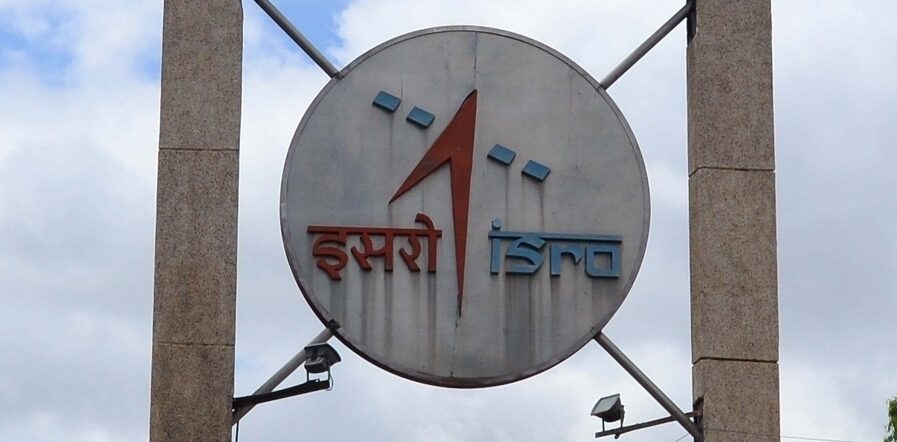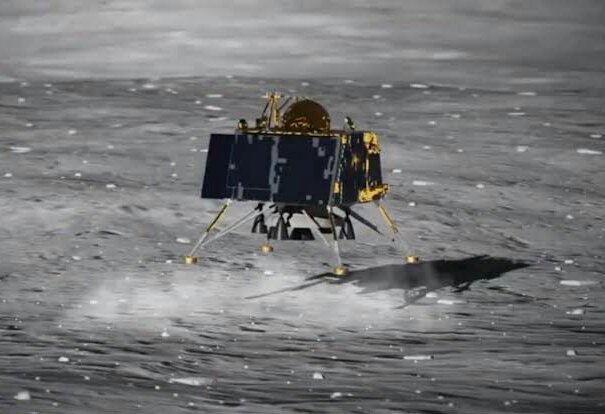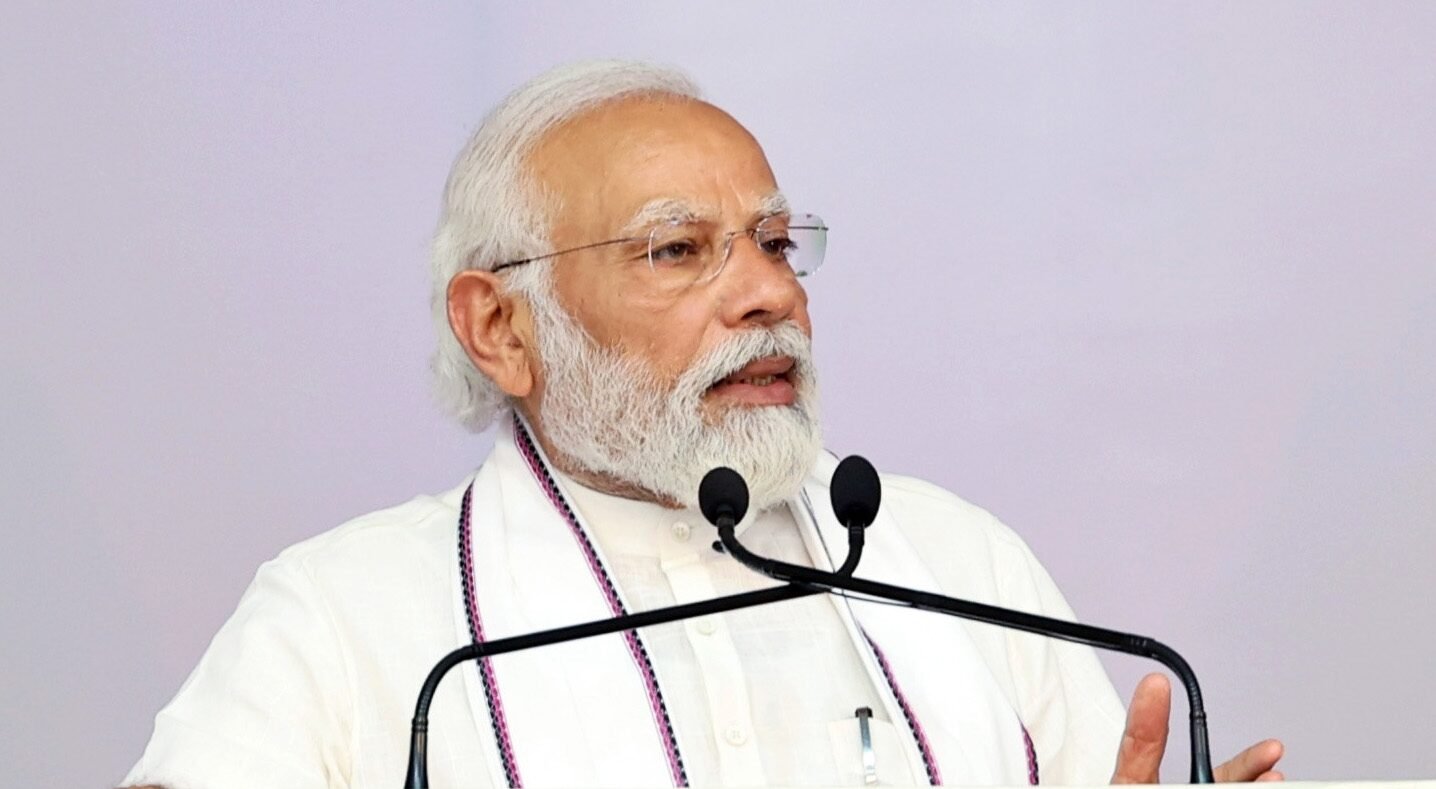New Delhi, October 18: Prime Minister Narendra Modi on Tuesday chaired a high-level meeting aimed at assessing the progress of India’s Gaganyaan mission and charting the course for the country’s future space exploration endeavors.
During the meeting, the Department of Space provided a comprehensive overview of the Gaganyaan mission, highlighting various technological advancements achieved so far, particularly in the development of human-rated launch vehicles and system qualifications. Notably, around 20 major tests including three unmanned missions of Human Rated Launch Vehicle (HLVM3) are in the pipeline. The first demonstration flight of the Crew Escape System Test Vehicle is scheduled for October 2.
The meeting served as an assessment of preparations for the Gaganyaan mission, with its launch confirmed in 2025.

Building on the achievements of past Indian space initiatives, such as the recent Chandrayaan-3 and Aditya L1 missions, Prime Minister Modi directed that India should now focus on new and ambitious objectives. These include setting up the ‘Indian Space Station’, popularly known as the ‘Indian Space Station’, by 2035 and the milestone of sending the first Indian to the Moon by 2040.
To turn this visionary agenda into reality, the Department of Space will prepare a roadmap for lunar exploration. This roadmap includes a series of Chandrayaan missions, the development of the Next Generation Launch Vehicle (NGLV), the construction of a new launch pad, the establishment of human-centric laboratories, and the advancement of related technologies.
Prime Minister Modi also called on Indian scientists to dedicate themselves to interplanetary missions, which will include a Venus orbiter mission and a Mars lander. He expressed unwavering confidence in the country’s capabilities and reaffirmed India’s commitment to reach new heights in the field of space exploration.





